What the Bloomberg Administration Seems to Forget
As they have sought to remake the nation’s largest public school system, New York City officials have portrayed their efforts as a civil rights struggle. But despite such rhetoric, the city has created an obstacle course for its students, especially black and Latino boys, and the barriers these young men must navigate have little or nothing to do with academics.
The record offers a sharp counterpoint to Mayor Michael Bloomberg’s launching last summer of a wide-ranging initiative to "tackle the broad disparities slowing the advancement of black and Latino young men." Under his administration the city has stepped up policies that many believe have increased those disparities, suspending or even jailing black and Latino students for transgressions that a generation ago might have ended with a sharp talk in the dean’s office. Last week provided still more evidence of this as advocacy groups released figures from the New York City Police Department on the numbers of arrests in city public schools for the last three months of 2011.
Every day, on average, police arrested more than five students in city middle and high schools; another nine per day received summonses. Of the arrested students, 60 percent were black in a system whose enrollment is about 31 percent black. Whites, who account for 13 percent of city students, made up 3 percent of those arrested. Some of those arrested were as young as 11.
A student may receive a summons for talking back to a teacher or writing on a desk, according to Shoshi Chowdhury of the Dignity in Schools Campaign-NY.
"Small incidents that are school discipline matters are getting escalated," Chowdhury said. For example, she said, wearing a hat in school does not rate as an infraction worthy of suspension, let alone arrest. But if a student refuses to take off the cap, he could find himself with a summons for disorderly conduct — or worse.
